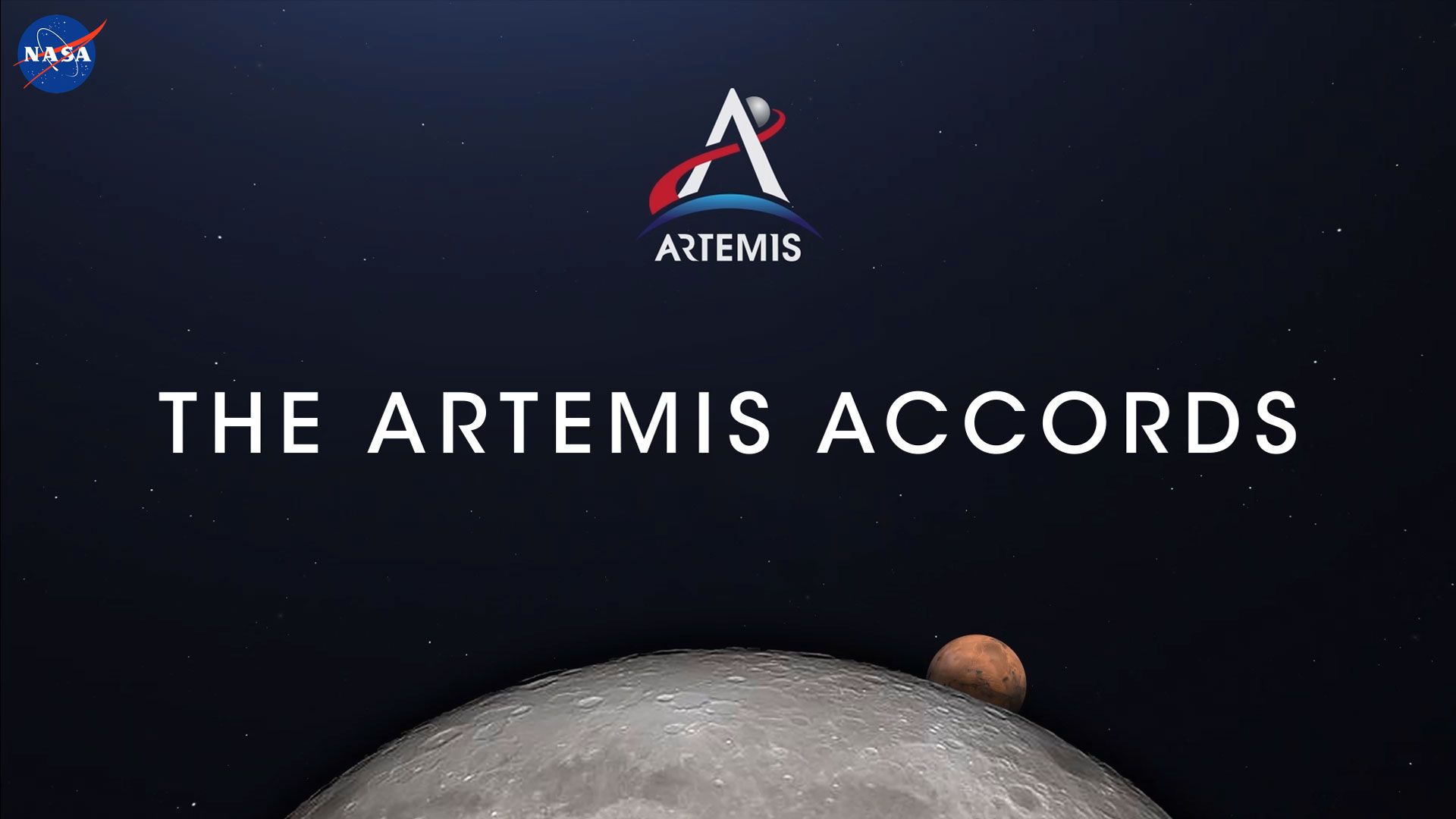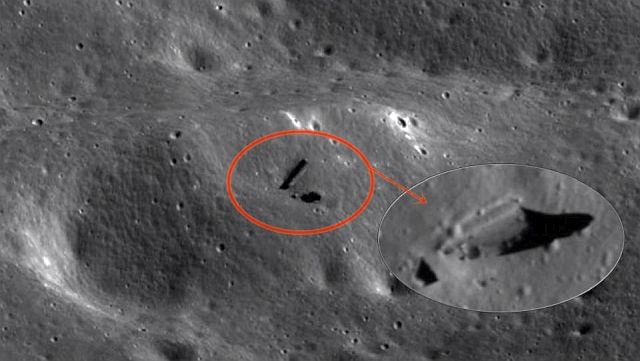NASA Sets Out Its Red Lines for 2024 Moon Landing
Article by John Varge May 16, 2020 (express.co.uk)
• The ‘Artemis Program’ is NASA’s project – supported by other international space programs and private companies – to establish a permanent human settlement on the Moon by 2028, beginning by landing two astronauts near the lunar south pole in 2024. On May 15th, NASA officials revealed the core values underpinning its mission in a document called the Artemis Accords (see here). NASA administrator Jim Bridenstine tweeted: “Today I’m honored to announce the #Artemis Accords agreements — establishing a shared vision and set of principles for all international partners that join in humanity’s return to the Moon. We go, together.”
• NASA said its over-riding vision was to “create a safe and transparent environment which facilitates exploration, science and commercial activities for all of humanity to enjoy.” This vision is in accordance with the “peaceful purposes only” principles enshrined in the Outer Space Treaty of 1967, the founding document of international space law, which has been ratified by more than 100 countries, including the US.
• The Accords seek to ensure no “harmful interference” by one nation in the off-Earth affairs of another, and to publicly disclose their exploration plans and policies as well as sharing their scientific data. Artemis partners pledge to protect historic sites and artefacts on the Moon and other cosmic locales, as well as to help minimize space-junk.
• Private Moon landers will begin to ferry NASA science and technology experiments to the lunar surface next year. The Accords also cover the space mining of resources on the Moon, Mars and asteroids conducted under the auspices of the Outer Space Treaty. Moon landers will be built by commercial companies such as Elon Musk’s SpaceX. SpaceX is currently developing its huge ‘Starship’ vehicle to help colonize Mars. Starship will launch atop a huge rocket called ‘Super Heavy’, but will land on, and launch off of, the Moon and Mars on its own. Other companies awarded contracts, worth a total of $967 million for 10 months of work, are Blue Origin and Dynetics.
• NASA’s Jim Bridenstine said, “This is the first time since the Apollo era that NASA has direct funding for a human landing system, and now we have companies on contract to do the work for the Artemis program.” “America is moving forward with the final step needed to land astronauts on the Moon by 2024,” including the first woman set foot on the lunar surface.
 The US Space Agency has always recognised that international cooperation will be vital if its Artemis programme is to succeed. Artemis is the ambitious project to land two astronauts near the lunar south pole in 2024, as a precursor to establishing a permanent human lunar settlement by 2028. On Friday, NASA officials revealed the core values underpinning its mission in a document called the Artemis Accords, which stress the peaceful nature of its exploration.
The US Space Agency has always recognised that international cooperation will be vital if its Artemis programme is to succeed. Artemis is the ambitious project to land two astronauts near the lunar south pole in 2024, as a precursor to establishing a permanent human lunar settlement by 2028. On Friday, NASA officials revealed the core values underpinning its mission in a document called the Artemis Accords, which stress the peaceful nature of its exploration.
In a tweet, NASA administrator Jim Bridenstine wrote: “It’s a new dawn for space exploration!

“Today I’m honored to announce the #Artemis Accords agreements — establishing a shared vision and set of principles for all international partners that join in humanity’s return to the Moon.
“We go, together.”
In accordance with principles enshrined in the Outer Space Treaty of 1967, NASA said its over-riding vision was to “create a safe and transparent environment which facilitates exploration, science and commercial activities for all of humanity to enjoy.”
The outer Space Treaty (OST) is the founding document of international space law.
It has been ratified by more than 100 countries, including the United States and other leading space powers.
The OTS stipulates that space exploration should be carried out for peaceful purposes only.
Artemis partners will also be required to be completely transparent about their activities, which means publicly disclosing their exploration plans and policies as well as sharing their scientific data.
The Accords also cover space mining, which NASA sees as key to humanity’s exploration efforts over the long haul.
NASA officials said the ability to extract and use resources on the moon, Mars and even asteroids would be critical “to support safe and sustainable space exploration and development”.
FAIR USE NOTICE: This page contains copyrighted material the use of which has not been specifically authorized by the copyright owner. ExoNews.org distributes this material for the purpose of news reporting, educational research, comment and criticism, constituting Fair Use under 17 U.S.C § 107. Please contact the Editor at ExoNews with any copyright issue.




